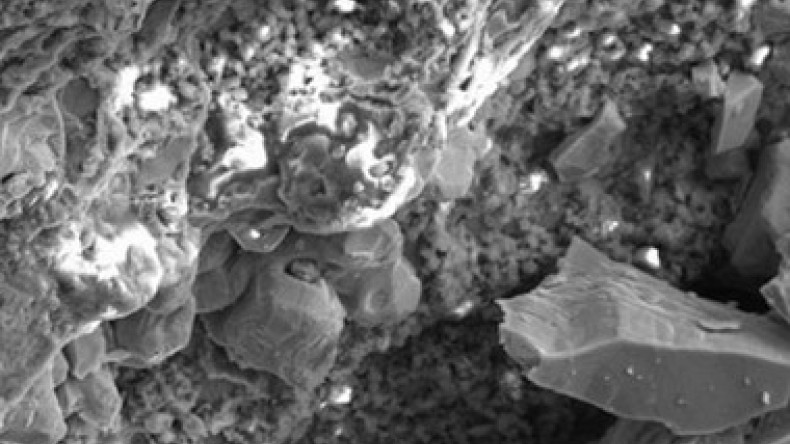
Russian Chelyabinsk meteorite pieces go under microscope
Scientists have released microscopic images of fragments of the meteorite that hit central Russia in February, BBC reported.
A team from the Ural Federal University was able to analyse some of the dozens of samples as soon as they were found.
But the technique they used allowed them to assess the rock's chemical make-up at the microscopic level even as they snapped pictures of the fragments.
This will provide extra information on the space rock's formation and journey.
The fragments represent just a small portion of the remains of the 17m-diameter body that struck the Earth's atmosphere in a spectacular trail of light over the city of Chelyabinsk.
The team, led by Urals Federal University's Viktor Grokhovsky, determined right away that the overall chemistry of the meteorite was a familiar "chondrite."
"The fragments contain a standard number of minerals, including olivine, pyroxene, troilite and kamacite. These minerals that can be discovered only in outer space confirm the fragments' extraterrestrial nature," he told the Voice of Russia at the time.
But far more information was in the offing.
The team was using a scanning electron microscope, which fires a beam of electrons focused onto a tiny part of a sample, scanning around to see how the electrons are deflected and thereby building up a detailed picture of the sample's nanometre-scale bumps and valleys.
Newsfeed
Videos






























